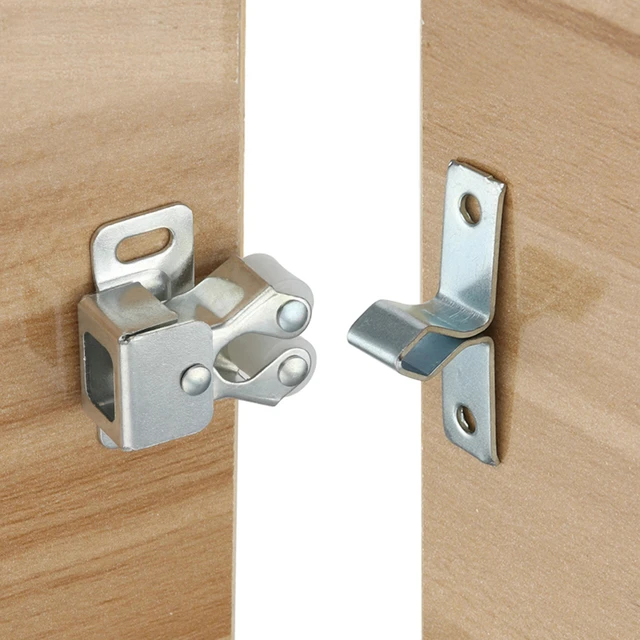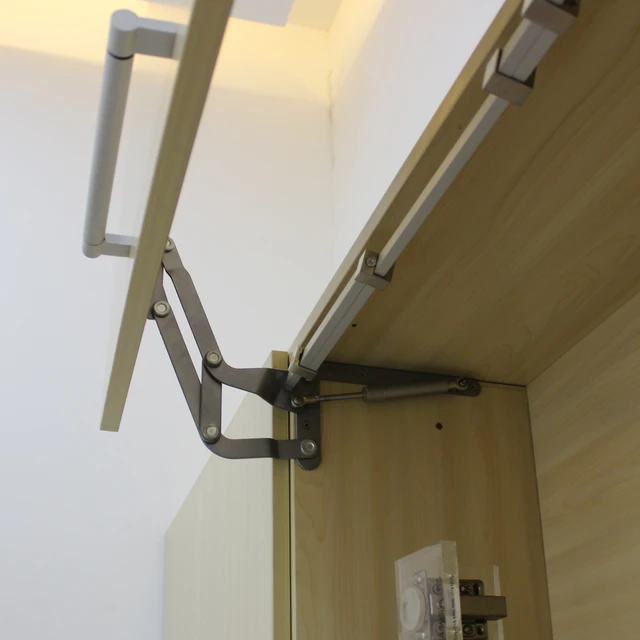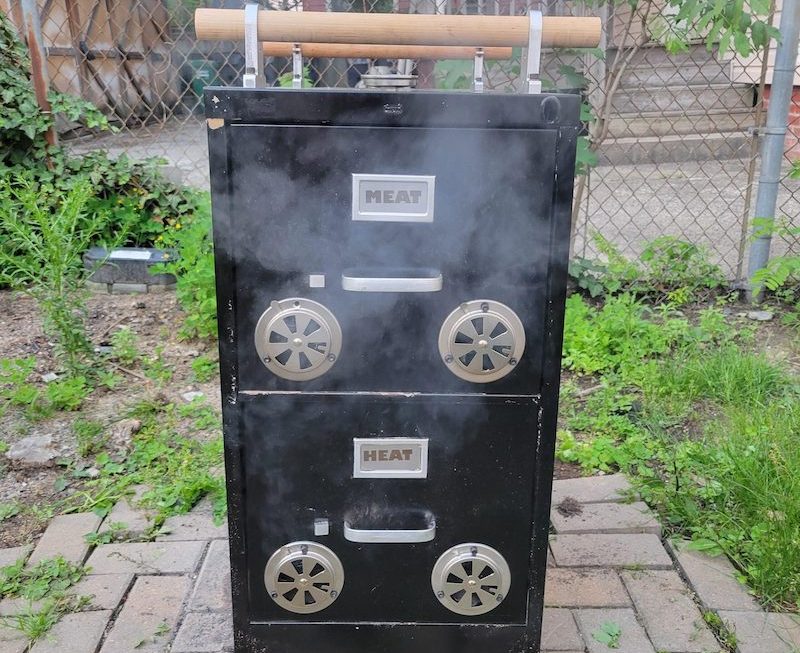Introduction:
A cabinet door that won’t stay closed can be frustrating and affect the functionality and aesthetics of your cabinets. Understanding the causes and finding solutions for this issue is crucial. In this comprehensive guide, we will explore the common reasons why cabinet doors won’t stay closed and provide practical troubleshooting tips and solutions. My cabinet door won’t stay closed. By following these simple instructions, you can fix the issue and ensure your cabinet doors stay closed securely.
 Introduction to Cabinet Door Won’t Stay Closed
Introduction to Cabinet Door Won’t Stay Closed
A cabinet door that won’t stay closed refers to a door that pops open or doesn’t latch properly, causing it to swing open unintentionally.
A. Functional and Aesthetic Issues: A cabinet door that won’t stay closed can impact the ability to store items, cause noise, and disrupt the overall appearance of the cabinets. Cabinet door won’t stay open.
B. Common Frustration: Many homeowners experience this issue, and understanding the underlying causes is essential for finding solutions.
Common materials used for cabinet doors:
Cabinet doors are a key component of kitchen or bathroom cabinets, and they are available in a variety of materials. You can use these common materials for cabinet doors:
Wood:
Wood is a classic and widely used material for cabinet doors. Various types of wood can be chosen, including oak, maple, cherry, walnut, and pine. Wood doors can be stained or painted to achieve a desired color and finish. They offer a timeless and traditional aesthetic and are known for their durability.
MDF:
Medium-density fiberboard (MDF) is a cost-effective alternative to solid wood. It is made from wood fibers and resins, resulting in a smooth and stable material. MDF doors can be painted to achieve a consistent and uniform appearance. They are resistant to warping and offer a more affordable option compared to solid wood doors.
Thermofoil:
Thermofoil cabinet doors are made by applying a layer of vinyl material onto medium-density fiberboard (MDF) or particleboard. The vinyl is heated and molded to the shape of the door, creating a seamless and durable finish. Thermofoil doors are available in various colors and styles, including metallic or high-gloss finishes. They are known for their easy maintenance, resistance to moisture, and affordability.
Glass:
Glass cabinet doors provide an elegant and contemporary look to cabinets. They can be clear or frosted, and sometimes feature decorative patterns or textures. Glass doors can be framed with wood or metal frames, and they allow for display or visual access to the contents of the cabinet. Glass doors are commonly used for showcasing decorative items or fine dinnerware.
Stainless Steel:
Stainless steel cabinet doors offer a sleek and modern aesthetic. They are resistant to corrosion, easy to clean, and provide a durable and hygienic option for kitchen cabinets. Stainless steel doors are often in commercial kitchens or contemporary residential designs.
The choice of cabinet door material depends on personal style preferences, budget considerations, and the desired durability and maintenance level. Each material has its own characteristics, performance capabilities, and design aesthetics to suit various cabinet styles and functional requirements.
 Aligning the Door
Aligning the Door
Misalignment is a common cause of a cabinet door not staying closed.
A. Inspect the Hinges: Check if the hinges are loose, damaged, or improperly installed.
B. Tighten or Adjust the Hinges: Use a screwdriver to tighten loose screws or adjust the hinges to achieve proper alignment.
Checking the Latch or Catch
A faulty or misaligned latch or catch can prevent the cabinet door from staying closed.
A. Inspect the Latch: Ensure the latch is clean, not damaged, and properly aligned with the strike plate.
B. Adjusting the Latch: Use a screwdriver to adjust the position of the latch to align it with the strike plate.
C. Replacing the Latch or Catch: If the latch or catch is damaged beyond repair, consider replacing it with a new one.
 Addressing Swelling or Shrinkage
Addressing Swelling or Shrinkage
Changes in humidity or temperature can cause the cabinet door to swell or shrink, affecting its ability to stay closed.
A. Evaluate Environmental Conditions: Identify if high humidity or temperature changes are causing the door to expand or contract.
B. Sanding or Planing: Use sandpaper or a plane to carefully remove excess material or smooth the edges of the problematic area.
C. Applying Lubricant: Apply a small amount of lubricant, such as paraffin wax or silicone spray, on the edges of the door to minimize friction.
V. Cabinet Door Alignment and Adjustment
Sometimes, the cabinet door itself may need realignment or adjustment to stay closed properly.
A. Adjustments with Screwdriver: Loosen or tighten screws on the hinges, handles, or other hardware to align the door correctly.
B. Aligning with Shims: Use thin shims between the door and the cabinet frame to achieve a proper fit.
Considering Magnetic Catches or Latches
Installing magnetic catches or latches can help keep the cabinet door securely closed.
A. Determine the Appropriate Type: Select magnetic catches or latches suitable for the cabinet door material and design.
B. Installation: Follow the manufacturer’s instructions to install the magnetic catch or latch at the appropriate location on the door and frame to ensure a secure closure.
Using Cabinet Door Bumpers
Cabinet door bumpers can provide cushioning and prevent the door from swinging open.
A. Choosing the Right Bumpers: Select adhesive-based cabinet door bumpers that are appropriate for the size and weight of the door.
B. Placement: Attach the bumpers to the inside corners or edges of the cabinet door to create a buffer and reduce movement.
 Replacing or Repairing Damaged Hardware
Replacing or Repairing Damaged Hardware
Worn-out or damaged hardware can contribute to the cabinet door not staying closed.
A. Inspect the Hardware: Check for loose screws, damaged hinges, or bent components that may be affecting the door’s closure.
B. Repairing or Replacing Hardware: Fix or replace any damaged hardware, including hinges, latches, or handles, to ensure proper functionality.
Regular Maintenance and Inspection
Regular maintenance and periodic inspections can prevent issues with cabinet doors not staying closed.
A. Cleaning and Lubricating: Clean the hinges, latches, and other hardware regularly, and apply a small amount of lubricant to minimize friction and ensure smooth operation.
B. Periodic Adjustments: Periodically check and adjust the alignment, hinges, and other components to maintain optimal performance.
DIY Cabinet Door Repair: Essential Tools and Materials
Before you start any repairs, gather these essential tools and materials:
- Screwdriver: Phillips head or flathead, depending on your cabinet screws.
- Drill: Optional, but useful for creating new screw holes if needed.
- Wood Glue: For reinforcing stripped screw holes.
- Shims: Thin pieces of wood or cardboard for adjusting hinge alignment.
- Replacement Hinges and Latches: If needed, purchase replacements that match your existing hardware.
Cabinet Door Care: Tips for Longevity
To keep your cabinet doors functioning smoothly and looking their best:
- Clean Regularly: Wipe down the doors and frames with a damp cloth and mild soap to remove dirt and grime.
- Protect from Moisture: Use a sealant or finish to protect wooden doors from moisture damage.
- Avoid Harsh Chemicals: Don’t use harsh cleaners or abrasives, as these can damage the finish and hardware.
- Lubricate Hinges: Apply a small amount of lubricant to hinges periodically to keep them moving smoothly.
By following these tips, you can prevent many common cabinet door problems and ensure that your cabinets remain both beautiful and functional for years to come.
Seasonal Changes and Cabinet Doors: A Matter of Humidity
Wood is a natural material that expands and contracts with changes in humidity. This can affect the fit and function of your cabinet doors, particularly in regions with drastic seasonal fluctuations.
- Summer: High humidity can cause wood to swell, leading to sticking doors and difficulty closing.
- Winter: Dry air can cause wood to shrink, resulting in gaps and loose-fitting doors.
To mitigate these issues, consider using a humidifier in the winter and a dehumidifier in the summer to maintain consistent humidity levels in your home. You can also apply a wood sealant to your cabinet doors to protect them from moisture damage.
Conclusion
A cabinet door that won’t stay closed can be a frustrating issue in 2024, but understanding the causes and implementing the appropriate solutions can resolve the problem. By aligning the door, checking the latch or catch, addressing swelling or shrinkage, and making necessary adjustments or replacements, you can ensure that your cabinet doors stay closed securely. Incorporating magnetic catches, cabinet door bumpers, and maintaining regular inspections and maintenance will help prevent future issues. With these troubleshooting tips and solutions, you can enjoy functional and aesthetically pleasing cabinets with doors that stay closed reliably.



